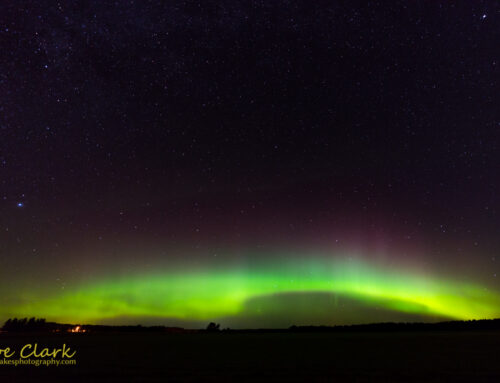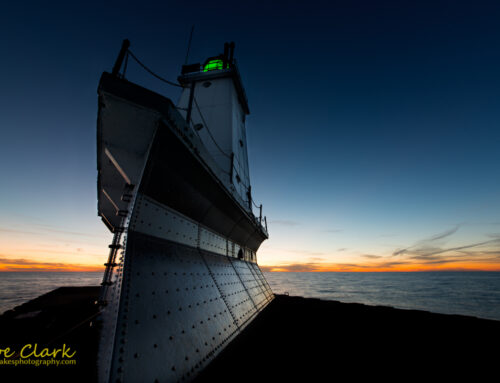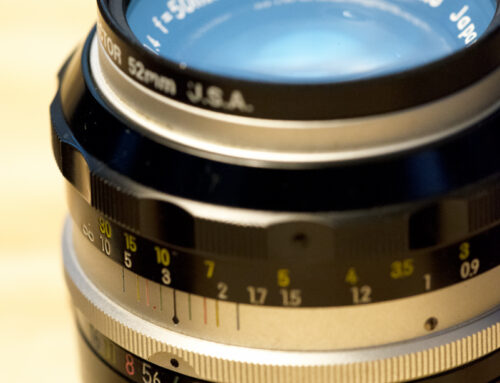So, it’s winter…
Well it always seems to happen around this time of year. The temperature drops like a rock and the snow starts piling up. If you have found time outside of the shoveling, wood stacking, and have figured out what pile of snow your car is under; you just might want to grab your camera gear and risk frostbite. You will face many challenges in this however. This installment in the educational series will cover some of them. Hopefully enough to ensure that you return with all your digits and hopefully some great photographs.
Authors note:
You will see Amazon ads on this post, these are relevant links to products and have been intentionally placed by the author. We always encourage that you support local businesses, but if you shop Amazon the use of our links helps to support this local business.

It’s totally worth it…
Winter is a beautiful time of year, right next to Fall and Summer. I may even rank it higher than summertime. The air will be more stable because the ground is cold and likely not heating and causing the air nearest it to rise, which causes a more stable atmosphere and improves photographic quality. The patterns of frost, ice, and snow can be absolutely beautiful. There are no substitutes for winter photography, so you need to get out there and experience it for yourself.
Feet firstly…
Honestly the most important thing for your creativity, productivity, and health is to make an investment into a good pair of winter boots. This applies to all seasons, but the winter weather will quickly make you miserable. You want to stay as warm and dry as possible. Finding a pair of boots that use a breathable waterproof membrane such as Gore-Tex or similar would be preferable. A good pair of hunting boots will also do the trick but if you are like me you will probably be wanting to move around a good bit and those may get on the warm side. Another good trait is a removable liner, they are amazing things. The absolute best are going to be hiking boots similar to the Sorrel Caribou, however in the past decade or two they have become somewhat lesser quality. But, what hasn’t in this era? It has been a while since I was in the know on the best hiking boots so I did some googling and found this site. I suggest visiting it because they know more on this topic then I do. A good pair of thermal socks are also essential. But to sum up the boot discussion, if you are not comfortable then you will not be productive.
Freezing fingers…
This we all have had some experience with. But when it comes to operating those dials and buttons some specialty solutions are needed. Your first thought might be to acquire some of those fancy gloves that are missing the fingers, or where you can pull off the finger portions. I would like to recommend against this except on the warmer days. You can try using them under thicker gloves or mittens for temporary exposure to the environment. The next thought would be to use some ski or other winter bulky glove. I would recommend against using such gloves however. I have found that the most useful kind of gloves are actually glove liners which pair to some of the higher end bulkier gloves. The brand OR makes a style that is thin, tactile, and has smart phone screen compatibility. These liners are usually fairly wind and water resistant, and do not hinder the use of the camera controls. In the new cameras they even offer the ability to manipulate the touch screen.
Long johns for longer times…
Thermal undergarments, you will love them. Keep away from the cotton types for reasons that I will discuss below. The synthetic ones made for skiing are usually a better bet. They will allow you to stay warm and dry, but not too warm. Unless you are planning to sit in one place and wait for a long period of time. If you have a favorite pair then you are all set. If you need to acquire some yet, then expect to take some time shopping around to find the type that you like. There is a lot of variation accompanied by personal choice. Myself, I do not like those white ones that have a grid like texture; preferably I go for the more athletic style.
Shop long underwear on AmazonThe secret is in the shell…
The outermost layer, or the shell may be the defining article of clothing in the determination of your comfort. This shell needs to be synthetic, wind-proof, waterproof, and a bit thermal. This is going to be most useful in a pair of pants because they will usually be in contact with the snow. A water proof coat is nice so that you can lay or crotch into the snow with out too much of an issue. I usually go with a carhart for a coat because the lesser the scratching noise the better for me. Typically that will do you well unless you are out in extreme cold or wet environments, or where the wind is blowing harshly. You will however want to make use pants of elastic bottoms of the legs so that you can constrict them around the boots to keep the snow from getting into the top of them. It is important to not stuff the pants into the boots; try it if you like, you will regret it. Purchasing gators, which is a piece of gear that cover the boot to pant joint would be the best way to add waterproofing and keep snow out but pants with a good elastic band to tightly constrict around the boots usually does the trick.
On the matter of cotton…
If you are a backpacker or other outdoor enthusiast you know that cotton is not the material of choice to wear.When it gets wet, it tends to stay wet. As the water content evaporates it takes your body heat with it. When a liquid transforms into a gas it requires energy. Since you are the heat source in the winter for any water that is in your clothing you are providing that energy. So it is your heat which is being put into the water to raise it from frozen, to liquid, to water vapor. So for a wet shirt you are losing an incredible amount of heat. This is called the latent heat transfer of water, and it can be deadly. If you are out in the elements for an extended period of time you will want to look into water wicking materials to dress in.
Technical Note on batteries and the cold:
Keep in mind that colder temperatures will shorten your camera’s battery life. This is a matter of physics and there is not much that can help that. You may want to pick up a spare battery or two. Also these tips will help you get the most out of your batteries. Charge them before heading out, and keep them inside your home or another warm environment. Place your spares into an inside pocket such as the ones in most coats. Your body heat will help maintain a higher temperature in the battery and prevent power loss. When traveling between shooting locations remove the battery from the camera and keep it inside your coat as well. Avoid using live view or your screen if you get into a power conscious situation. If you wanted to pick up a spare battery you can click the ad below and search on Amazon for one and it would help us out.






Leave A Comment